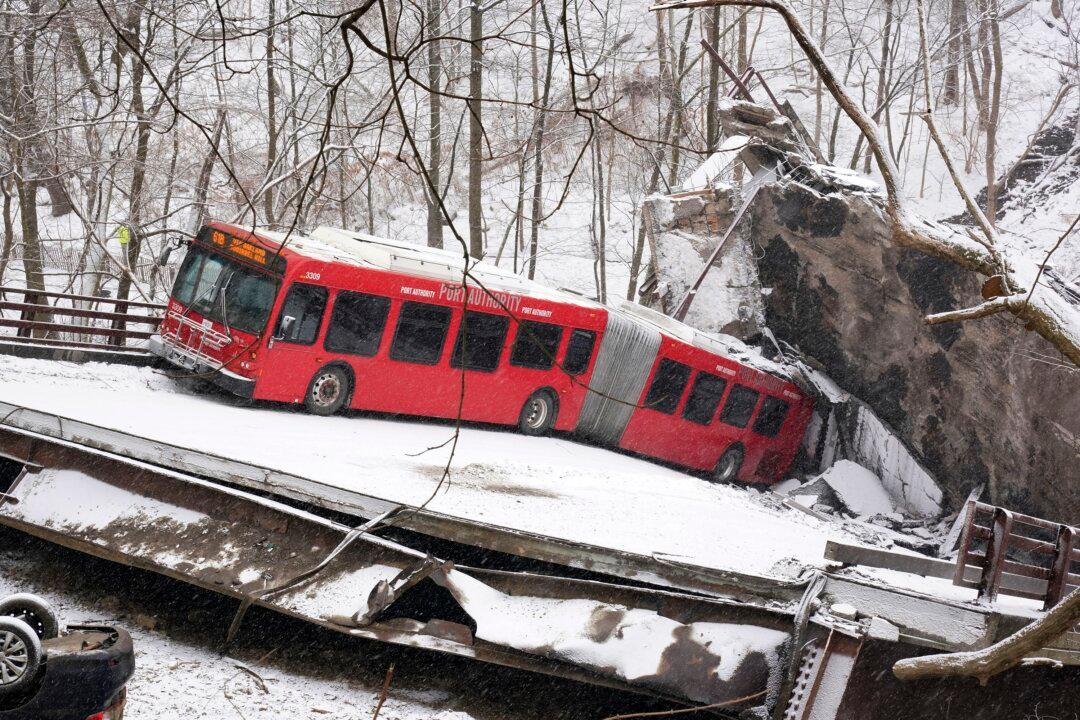Investigators with the National Transportation Safety Board (NTSB) are calling on transportation officials across the nation to examine thousands of bridges following a probe into the January 2022, collapse of the Fern Hollow Bridge in Pittsburgh, Pennsylvania.
In a report published on May 18, NTSB provided an update on its investigation into the collapse of the bridge, which injured multiple people and damaged numerous vehicles.




